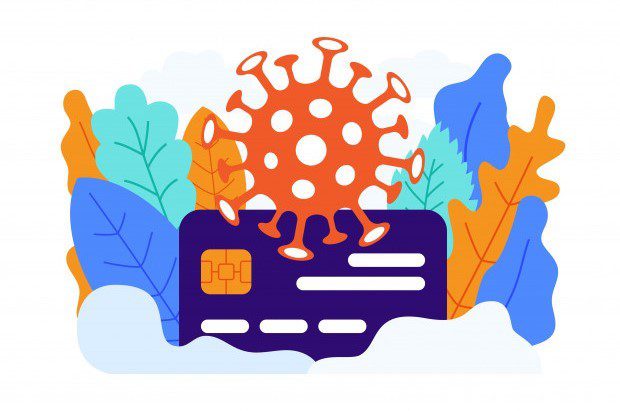On the surface, the credit card industry has yet to feel the impact of social distancing, unemployment, and uncertainty. Credit card write-offs are almost 200 days away, depending upon when local regulations mandate that contractual delinquency can no longer allow accounts to be classified as an asset.
For now, daily purchases shift towards consumables.
Today we look at the Australian and New Zealand markets, with data reported by ANZ in the Australian Financial Review. Note the shift in spending.
The incredible lift in expenditure in particular at supermarkets and grocery stores may be sufficient in size to see total household consumption in positive territory in the March quarter,” CBA senior economist Gareth Aird said.
Food spending over the past week is up 49.7 percent on the same week a year ago. Food goods spending, which largely comprises grocery stores and supermarkets, is up by a whopping 74.1 percent on a year ago. The data shows spending on alcohol has followed a similar path jumping 20.4 percent over the previous corresponding period.
As is the case in every other market, from San Francisco to London and Paris, the food service industry is shifting from white table clothes to brown bags as social distancing changes the habits, but not pallets, of consumers.
However, food services — which include restaurants and cafes that have been hit by people movement restrictions — are down 1.3 percent after being one of the major bright spots last year, averaging around 20 percent annual growth.
Spending on recreation collapsed 16.4 percent at the same time last year, reflecting the shutdowns and restrictions on crowd gatherings. Spending on transport was also down by 7.1 percent compared to the same week a year ago.
I can attest to similar purchasing for our home in sunny Tampa, Florida, and halfway across the world seems to take a similar tact. We have two weeks of food in the house, except for dairy products.
Mr. Aird did caution; however that a lot of the spending on food was simply stockpiling, and the positive GDP impact from consumption would be negated by a big shock fall in business inventories.
“Our data has also captured the big lift in health spending in recent weeks as households stockpile on pharmaceutical goods.”
“Spending on medical care and health expenses has accelerated to sit 24.5 percent higher on the same week a year ago,” Mr. Aird said.
The new normal has yet to sit in. Data from Australia and New Zealand suggest an incline in food stores and medicine.
ANZ economists also released data showing that supermarket spending rose 40 percent during the week ended March 16 compared to the same week last year. There were sharp rises in other food retailing up 35 percent and pharmacy and toiletry up 60 percent.
“We expect panic buying to ease in coming months, as households become used to the “new normal” of social distancing,” ANZ’s Adelaide Timbrell said.
The next thing to watch is how regulators will soften the blow for credit card companies as unemployment rolls begin to swell. Our view is that payment deferments, or a payment “holiday” as Australian News calls it, or an interest rate decrease as Commonwealth Bank indicates, are good starting points for U.S. regulators to consider.
It may sound better when we refer to the moratorium as “breathing space,” as the U.K. press recently coined. Either way, the virus and ensuing consumer stress, is not a local issue. It is here, there, and everywhere.
Overview by Brian Riley, Director, Credit Advisory Service at Mercator Advisory Group
